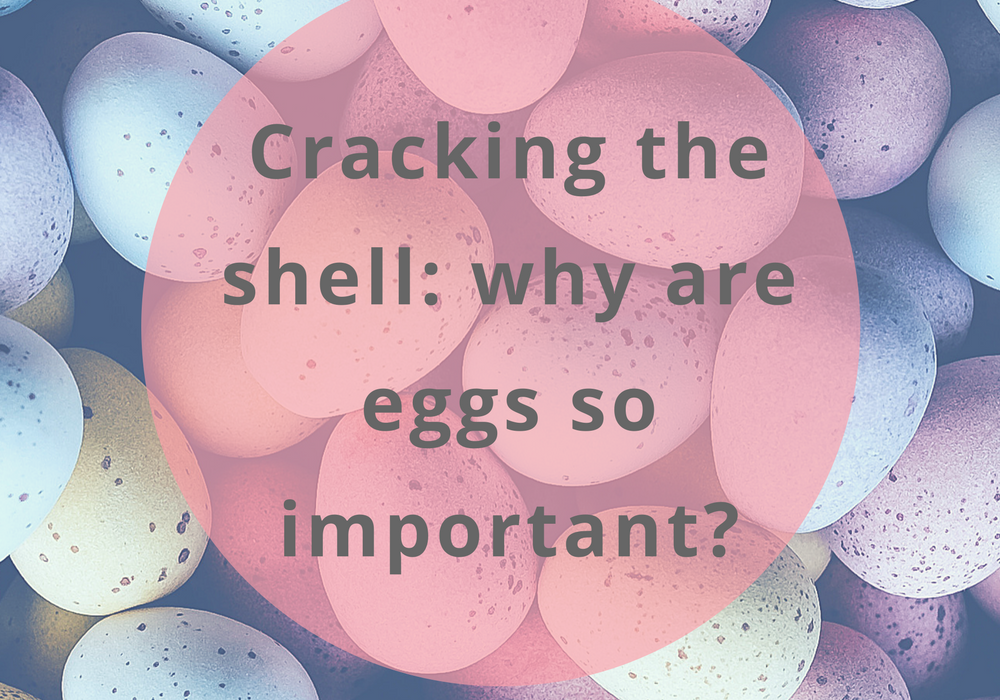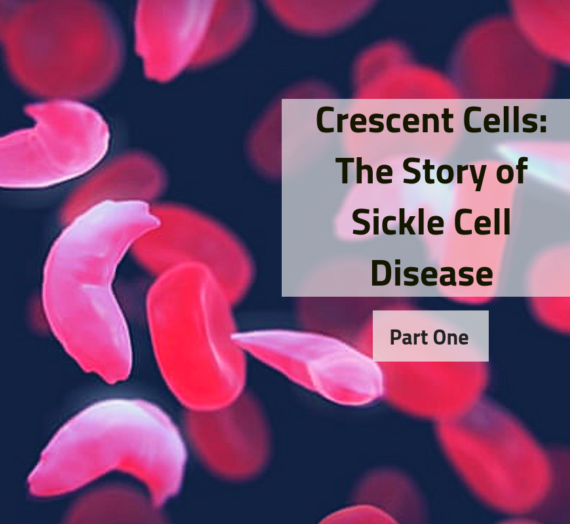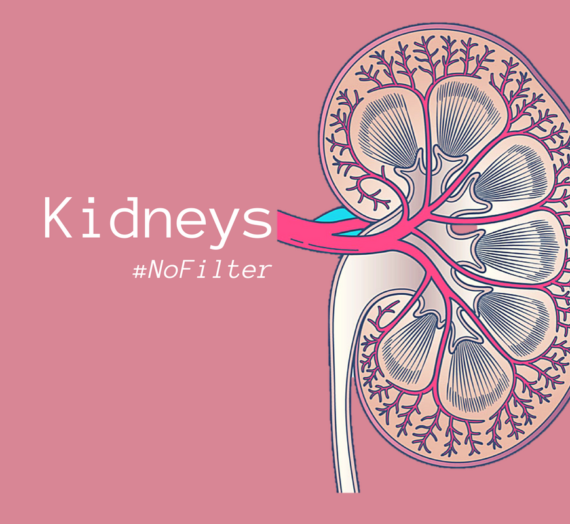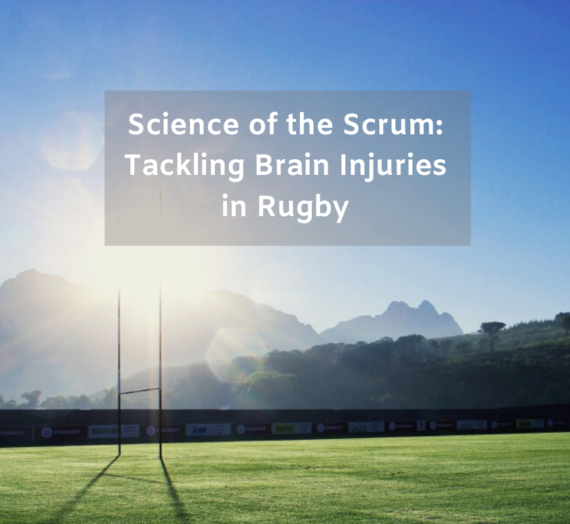Roisin Conneely & Madeeha Hoque
This weekend, millions of us will be tucking into copious amounts of chocolate in the form of Easter eggs. Whether Easter Sunday is all about the chocolate for you, or it’s a significant religious holiday, one thing we should all be celebrating is the miracle of eggs themselves – chocolate or otherwise.
First up, let’s discuss the miraculous embryonic egg – the egg from which those of us reading this have developed from into fine, young and ambitious unicorn-esque human beings. For Eutherians (placental mammals) such as we humans, there are two strategies in which species can physically give birth to our young. This consists of monotocous and polytocous species, where either single or multiple infants are birthed, respectively.
An example of each would be humans and horses being monocotous creatures, where an embryonic egg develops into a single infant that is birthed. Canines, felines, rodents and many other mammalian species, however, are polycotous and are able to produce and develop multiple eggs simultaneously, thus allowing these animals to have many offspring at the same time. The stages of early development for mammals generally follows a predictive cycle: an oocyte (amniotic egg) having been fertilised by a spermatocyte, creating a zygote, which then goes onto developing into an embryo. This embryo then further develops into a foetus and eventually becomes a fully-fledged infant. In this article, however, we will be mainly focusing on the embryonic egg stage, as well as on the visible, round, every-day eggs that you see on the super-market shelves (or underneath your chickens, depending on your lifestyle). Basically, E G G S.
The development of the amniotic egg was a major milestone in the evolution of life on Earth…The amniotic egg appeared during the Carboniferous period, which occurred from 358.9 to 299 million years ago (Mya). This novel egg provided growing zygotes with a “pond” in which to develop in; the amnion, along with a yolk sac filled with nutrients, and a shell to prevent drying out in the sun. This allowed for development and birth out of water, allowing our very early ancestors to colonise the land, leading to the most successful and widespread clade of tetrapod; the Amniota.

The ancestral amniotic egg has been modified in modern mammals, with the exception of monotremes (we’ll discuss those crazy critters later), with the chorion and allantois fusing to form a placenta, which eliminates the need for egg laying and allows for live birth. There is still a wide variety of modes of reproduction in the animal kingdom, i.e. how mothers feed their embryos and allow them to grow healthily. Getting down to technical terms, species can be either oviparous, viviparous or oviviparous species. Oviparity refers to animals that lay eggs which hatch externally, such as snakes. These embryos receive nutrition from inside the yolk of the amniotic egg. Viviparous species refer to species which give birth to live young. They have a reproductive tract (for example, the placenta) which secretes the relevant nutrients for growth, such as carbohydrates, lipids and proteins, etc. In this system, the amniotic egg develops into a live infant which is birthed. Oviviparous species, however, have eggs inside the reproductive system which hatch internally and are then given birth to live. These are not nourished by reproductive tracts but instead, receive their nutrients from inside the embryotic yolk.
So, as we can see, eggs are the beginnings of life, in the majority of its forms. But what about the age-old question, which came first, the chicken or the egg? Several biologists argue that it must be the egg, since animals such as dinosaurs were laying eggs before chickens evolved (although in this context we should refer to “dinosaurs” as non-avian dinosaurs, as all living birds technically are dinosaurs). However, recent research suggests the opposite conclusion, revealing that a certain protein, OV-17, essential for the formation of chicken eggshells, is unique to the ovaries of chickens, hence our feathered friends must have existed first, or, eggs-isted first. But then where did the chicken, with its OV-17-bearing ovaries, come from? The most likely explanation is that an early chicken-like creature mated with another chicken-like creature, and a genetic mutation occurred, leading to the formation of a chicken which was able to produce OV-17, eventually producing our modern chickens, a process known as speciation.
ASAPScience have a pretty cool video on the debate, watch it here:
We couldn’t publish a special Easter-themed post without a mention of the Easter Bunny, but have you ever wondered why a rabbit, a placental mammal, would be delivering eggs? Probably not, but let’s think about it anyway. As humans, we’re programmed to feel more empathy towards our fellow mammals, which is why it’s more common for people to keep cats, dogs or rabbits as pets, rather than say, a lizard (no offence if you’re reading this with your pet lizard, all pets are welcome here). But given all the fuss about eggs at Easter, surely an actual egg-laying creature, like a chicken would be more appropriate? How about we settle for a compromise, with an egg-laying mammal! Remember the monotremes we mentioned earlier? Aside from placentals and marsupials, these are the other main group of extant mammals, and they have retained the ancestral method of reproduction by laying eggs externally (or, eggs-ternally). There are only five species across the whole group, the duck-billed platypus and four species of echidna The Easter Echidna has a nice ring to it, don’t you think? Maybe it’ll catch on by next year…


Once, the monotremes were successful, particularly in Australia, but numbers declined when marsupials began to take over. It is thought that the reason we still have these egg-laying mammals is because they sought refuge in aquatic environments away from the marsupials during their colonisation, a habitat they couldn’t invade. Interestingly, this is the reverse of what we discussed earlier, about how our ancient ancestors came out of the water onto land, yet here we have them returning to the water. Perhaps that sums up how evolution isn’t always a straight and predictable line, nature will always find a way of preserving itself, whether it seems sensical or not.
BBC2 are airing a David Attenborough documentary tomorrow night (31st March) in which he explores the wonders of eggs, make sure to check it out! http://www.bbc.co.uk/programmes/p062d54k/p062d2yd





Blog update – In The Mind Library
[…] Cracking the shell: why are eggs so important? […]